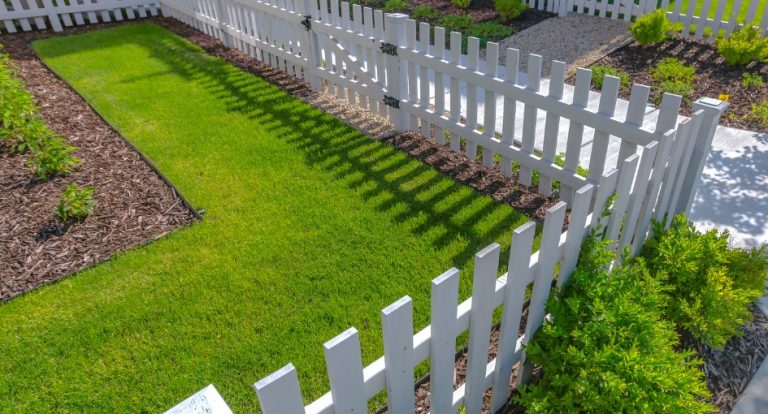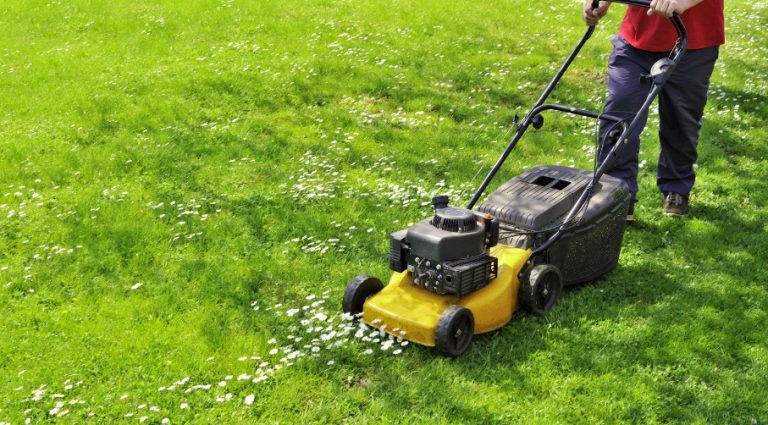Determining which side of the fence is yours—left or right—can be confusing for many UK homeowners. Whether you’re moving into a new property or dealing with long-standing boundary questions, knowing who is responsible for maintaining the fence is crucial. This information is especially important when disputes arise between neighbours, and it’s essential to have clarity on your responsibilities.
In this guide, we’ll break down how to determine which fence is yours, what UK regulations say about fence ownership, and how to handle any issues that might come up regarding fence maintenance and disputes.
Understanding Property Boundaries and Fence Ownership
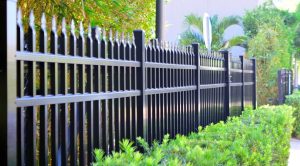
Before determining which fence belongs to you, it’s important to understand the basics of property boundaries. Every property has a boundary line, which defines the limits of ownership. These boundary lines are often marked by physical objects like fences or hedges. However, the ownership of the fence isn’t always as simple as ‘left or right.’
Property Deeds and Ownership
The first step in identifying fence ownership is by reviewing your property deeds. Property deeds are legal documents that clearly state the boundaries of your land. Within these deeds, there may be a T-mark on one side of the boundary line. This mark indicates which side of the fence a homeowner is responsible for. If there’s no T-mark visible on your deeds, you may need to check further with the Land Registry or a property surveyor.
Myths Around Fence Ownership
One common myth circulating is that you’re responsible for the fence on the left or right side of your property. However, in the UK, there’s no official rule that states you automatically own the fence on one particular side. The only definitive way to know is through your property deeds and local council records.
How Do I Identify Which Fence is Mine Left or Right?
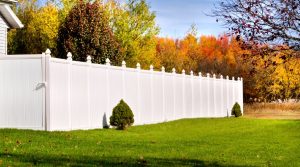
Identifying which fence is yours—whether it’s on the left or the right side of your property—can often be a challenge, particularly because there is no universal rule in the UK that automatically assigns fence ownership based on its position. However, there are several methods you can use to find out which side of the fence you are responsible for, and we will cover each in detail.
1. Checking Your Property Deeds
The most reliable way to determine fence ownership is by examining your property deeds. These legal documents, which you should have received when purchasing your property, contain essential information about your boundaries and responsibilities. Property deeds may include a diagram or map outlining your boundary lines, along with indicators known as T-marks.
- T-mark: The T-mark is a simple line with a “T” that points in the direction of the fence. If the T is on your side of the boundary, this means you are responsible for the maintenance of that fence. For instance, if the T-mark appears on the right side of the boundary, you would be responsible for the right-hand fence when looking from your house toward the back garden.
- H-mark: Sometimes, the deeds might show an H-mark, which indicates shared ownership of the fence. In such cases, both you and your neighbour are responsible for its upkeep. If there’s an H-mark, it’s good practice to discuss any repair or maintenance work with your neighbour and agree on shared responsibilities.
2. Reviewing Title Plans and Land Registry Records
If your property deeds are unclear or unavailable, you can request a title plan from the Land Registry. The Land Registry provides a detailed overview of your property’s boundaries and may clarify who owns which fence.
- Title Plan: These are digital or paper records showing property boundaries but not always the ownership of fences. However, combined with the deeds, they can provide an accurate picture of where your boundary lies.
- Land Registry MapSearch: Through the HM Land Registry’s MapSearch tool, you can view title plans and check the boundaries of neighbouring properties as well. If your deeds don’t specify fence ownership, reviewing adjacent properties may reveal additional clues. Sometimes, neighbouring deeds will specify which fence they are responsible for, which can help you infer ownership of your own fence.
3. Investigating Local Planning or Building Records
In some instances, particularly with newer properties, ownership of the fence may be detailed in local planning documents or building regulations. These records, available from your local council or authority, might highlight specific responsibilities assigned to the homeowners when the property was built. This can be particularly useful if you live in a housing development where uniform rules for fencing might have been applied.
4. Understanding Visual Markers on the Fence
In many older homes, you might be able to determine ownership by examining the physical structure of the fence itself. This isn’t a legal method, but it may give you some indication, particularly in older properties where conventions were followed.
- Posts and Beams: The general rule of thumb is that the side of the fence with visible posts or supporting beams belongs to the property owner. This is because most homeowners prefer to have the “clean” or more visually appealing side of the fence facing outward, while the structural side (with posts) faces inward toward their own property.
- Fence Style: Some fences, especially those built several decades ago, follow older conventions where ownership can sometimes be inferred based on how the fence is positioned. If all fences on the street seem to follow the same pattern, such as every house having the supporting beams on the right side, it may be an informal indication of ownership.
However, these visual clues should not be taken as conclusive evidence. The most reliable method is still to check official documents.
5. Hiring a Surveyor for a Boundary Report
If you’re dealing with an uncertain or disputed boundary, or if the physical and legal clues aren’t helping, you may consider hiring a property surveyor to prepare a boundary report. A professional surveyor can accurately measure your property lines and provide a detailed report on where your property ends and where your neighbour’s begins. They can also assist in identifying which party is responsible for the fence based on the findings.
- When Should You Hire a Surveyor? If your deeds and title plan are unclear or if a dispute arises between you and your neighbour, a surveyor’s report can provide impartial and definitive clarity. While this service comes with a cost, it can prevent future disputes or legal battles, especially in cases where boundary lines are in question.
6. Understanding Local and Regional Practices
In some parts of the UK, there may be local conventions or customs regarding fence ownership. For example, in certain regions, it may be more common for homeowners to own the fence on one specific side of the property, although this is by no means a hard-and-fast rule. You could speak to local residents, check with neighbours, or even inquire with your local council to see if any general practices apply in your area. However, always confirm these findings with official documents.
7. Consulting with Neighbours
In some cases, a simple conversation with your neighbour can clear up confusion about fence ownership. They may already know which side they are responsible for, especially if they’ve lived there longer or have recently had work done. Discussing the issue openly can help both parties avoid potential disputes in the future. If both of you are unsure, you can review your deeds together or seek legal advice to clarify the situation.
Legal Responsibilities for Fence Maintenance

Once you’ve identified which fence is yours, it’s essential to understand your legal responsibilities for maintaining it. Failing to maintain your fence could result in disputes with neighbours or even legal action in extreme cases.
Maintenance and Repairs
As a fence owner, you’re responsible for ensuring that the structure is well-maintained. This includes fixing any damage, repainting, and replacing parts when necessary. However, it’s important to note that you are not legally required to erect or maintain a fence unless specified in your property deeds.
What Happens If You Don’t Maintain the Fence?
If a fence becomes dilapidated or causes issues for your neighbours, they have the right to request repairs. Ignoring the situation could result in boundary disputes or damage claims. In some cases, if the issue remains unresolved, your neighbour may take legal action or go through mediation to settle the matter.
What to Do in Case of Fence Disputes with Neighbours?
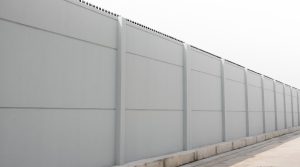
Boundary disputes between neighbours can be stressful, especially when the issue revolves around fence ownership or maintenance. If you find yourself in a dispute, the first step should always be to try and resolve the issue amicably.
Steps to Resolve Fence Disputes
- Discuss the Issue: Speak to your neighbour directly and explain the situation. In many cases, misunderstandings can be cleared up with simple communication.
- Seek Legal Advice: If discussions don’t resolve the issue, consider seeking legal advice. A solicitor can guide you through your rights and the best course of action.
- Mediation: For more serious disputes, professional mediation can be an effective way to find a solution without going to court. Mediators help facilitate a discussion to reach a compromise that works for both parties.
When Legal Action Is Necessary?
In some cases, disputes may escalate to the point where legal action is necessary. Before this happens, it’s wise to gather all the relevant documents, including property deeds, title plans, and any correspondence with your neighbour.
What Are the Key Resources to Check for Fence Ownership Information?
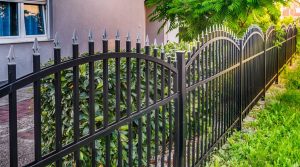
If you’re still unsure about your fence responsibilities, there are several resources you can consult.
- Local Council: Many councils in the UK offer guidelines on property boundaries and can help clarify who is responsible for fence maintenance.
- Land Registry: You can access your title plan and boundary documents through the Land Registry. These documents provide the most reliable information about your property boundaries.
- Online Resources: Websites like the HM Land Registry and other property portals often have guides and tools to help homeowners navigate boundary disputes.
Conclusion
Understanding which fence is yours—left or right—can save you a lot of hassle, especially when it comes to maintenance and potential disputes. By reviewing your property deeds and consulting with the Land Registry, you can determine your fence responsibilities and take action when necessary.
If you’re unsure or facing a dispute, remember that open communication and professional guidance can help resolve most issues.
What Are the FAQs About Fence Ownership in the UK?
How can I check my property boundary and fence ownership?
You can check your property boundary and fence ownership by reviewing your property deeds or requesting the title plan from the Land Registry. These documents will show who is responsible for maintaining each side of the boundary.
What if the fence is shared with a neighbour?
In cases where the fence is shared, both parties are equally responsible for its upkeep. This is often indicated by an H-mark on the property deeds, showing shared responsibility.
Who pays for fence repairs if it’s unclear who owns the fence?
If the ownership is unclear, it’s best to communicate with your neighbour and come to a shared agreement regarding repairs. Splitting the cost is often the most amicable solution.
Can I replace a fence without my neighbour’s permission?
If the fence belongs to you, you generally don’t need your neighbour’s permission to replace it. However, if the fence is shared, you should discuss any changes with your neighbour before proceeding.
What should I do if my neighbour disputes the boundary?
In case of a boundary dispute, it’s best to gather all your property documents and seek legal advice. You may also consider mediation to resolve the disagreement before taking legal action.
Do I need planning permission to install or replace a fence?
In most cases, you don’t need planning permission for a standard garden fence, but there are exceptions. If the fence exceeds certain height limits or is next to a public road, you may need to check with your local council.
Is there a way to legally confirm fence ownership?
Yes, you can legally confirm fence ownership by checking your title deeds and Land Registry records. These documents provide the most accurate information on property boundaries.

